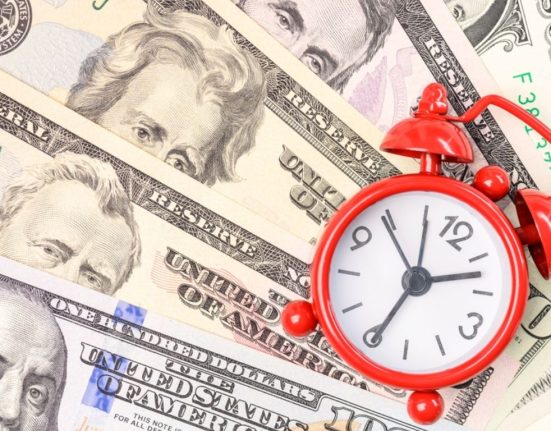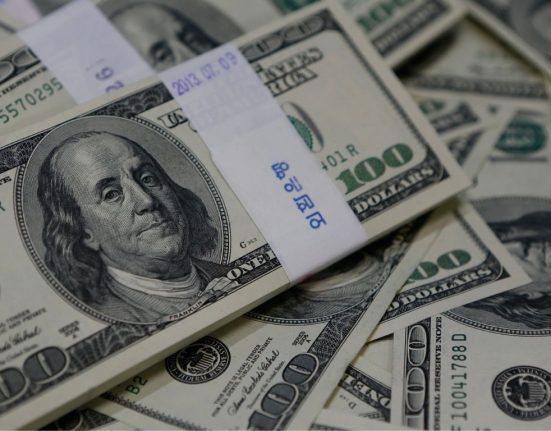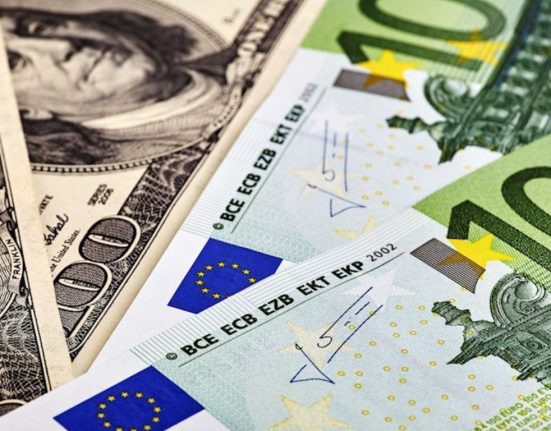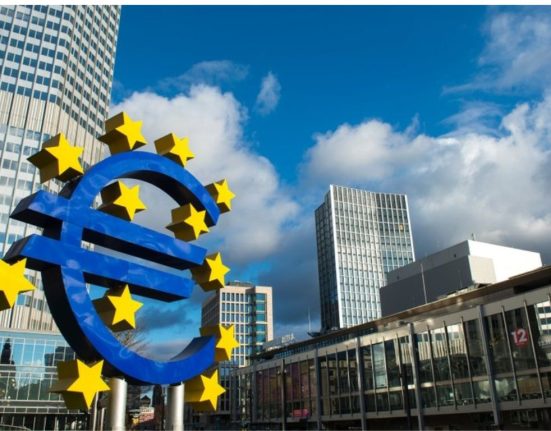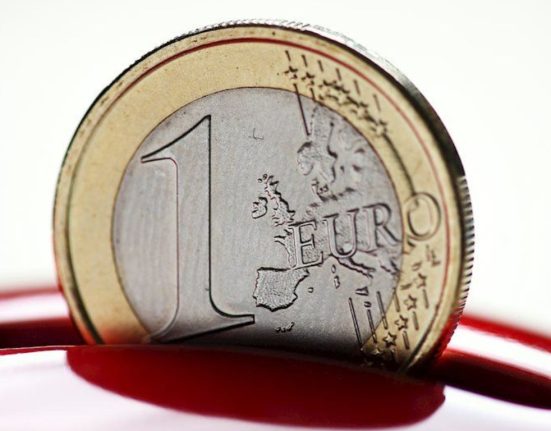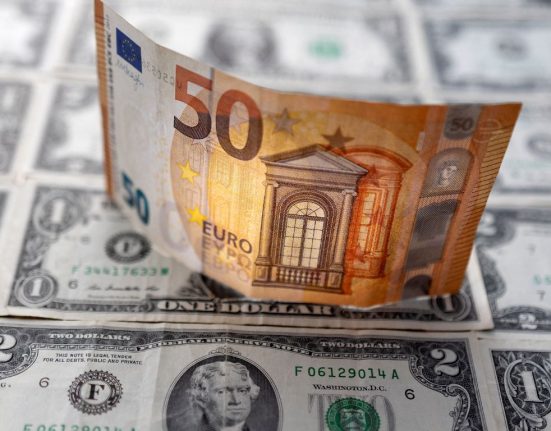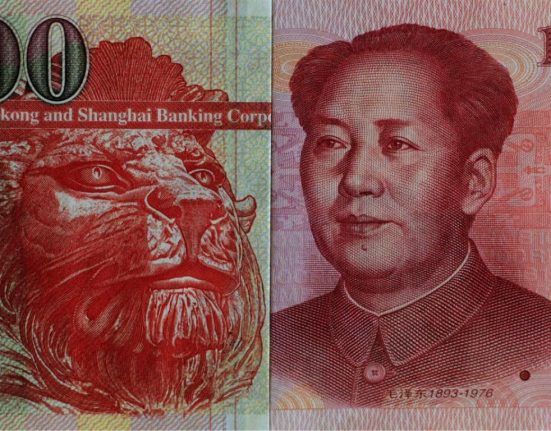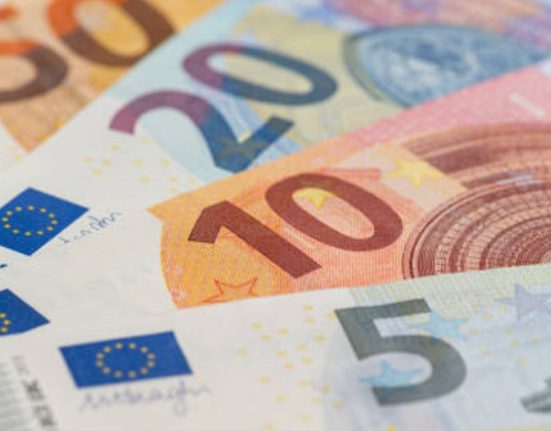Introduction
The EUR/USD exchange rate has been exhibiting a wavy pattern, characterized by alternating rises and falls, as both the United States and Europe navigate their respective economic landscapes. While the US economy demonstrates encouraging signs of growth, Europe finds itself on a divergent path, posing challenges to the prospect of sustained rate hikes. This article examines the intricate factors influencing the EUR/USD exchange rate and the contrasting economic situations in the US and Europe.
Diverging Economic Paths
The US economy presents a positive outlook, with robust indicators that have supported a stronger dollar. Factors such as increased consumer spending, business investments, and declining unemployment rates contribute to the overall economic strength. These favorable conditions have led to speculation of potential interest rate hikes by the Federal Reserve, heightening the appeal of the US dollar and impacting the EUR/USD exchange rate.
On the other hand, Europe faces a more challenging economic landscape. The region struggles with slower economic growth, persistent inflation concerns, and uncertainties surrounding fiscal policies. Consequently, the European Central Bank (ECB) finds it difficult to justify rate hikes due to the fragile state of the European economy. These contrasting economic circumstances create an environment of volatility in the EUR/USD exchange rate.
Inflation Targets and Policy Implications
Both the US and Europe have prioritized inflation targeting, but their approaches and outcomes differ significantly. The US has witnessed inflationary pressures, primarily driven by increased consumer demand, supply chain disruptions, and rising commodity prices. In response, the Federal Reserve has implemented a more hawkish stance, contemplating interest rate hikes to curb inflation and maintain economic stability.
Conversely, Europe grapples with relatively lower inflation rates. The ECB’s persistent efforts to stimulate inflation through accommodative monetary policies have yielded limited success. The challenges in achieving the desired inflation target impede the European Central Bank from pursuing aggressive rate hikes, contributing to the wavering EUR/USD exchange rate.
US Economic Strength
The US economy continues to exhibit resilience and strength, providing a favorable environment for the US dollar. The Federal Reserve’s measured approach to tapering its bond-buying program and gradually raising interest rates has instilled confidence in investors. Robust job growth, solid corporate earnings, and a resilient housing market further support the positive sentiment towards the US economy. These factors have propelled the US dollar, exerting downward pressure on the EUR/USD exchange rate.
European Economic Challenges
Europe’s economic recovery faces several headwinds. Structural issues, such as low productivity growth and high debt levels, hinder the region’s ability to achieve sustained economic expansion. Additionally, geopolitical uncertainties and potential trade disruptions impact investor confidence. Furthermore, the varying economic performance among European countries adds complexity to the European Central Bank’s decision-making process, making it challenging to implement unified monetary policies that support rate hikes.
The Impact on the EUR/USD Exchange Rate
The contrasting economic outlooks between the US and Europe have profound implications for the EUR/USD exchange rate. The growing economic divergence intensifies market volatility, as investors closely monitor the central banks’ policies and economic data releases. Fluctuations in the exchange rate are influenced by shifting market sentiments, geopolitical developments, and monetary policy decisions, causing the EUR/USD exchange rate to oscillate in a wavy pattern.
Conclusion
The EUR/USD exchange rate continues to exhibit volatility as the US and Europe navigate their distinct economic paths. While the US economy displays strength and positive indicators, Europe faces significant challenges that impede sustained rate hikes. The divergence in economic conditions, particularly regarding inflation targets and policy implications, contributes to the fluctuations in the EUR/USD exchange rate. Investors and market participants must closely monitor these dynamics to make informed decisions in an ever-changing global economic landscape.

